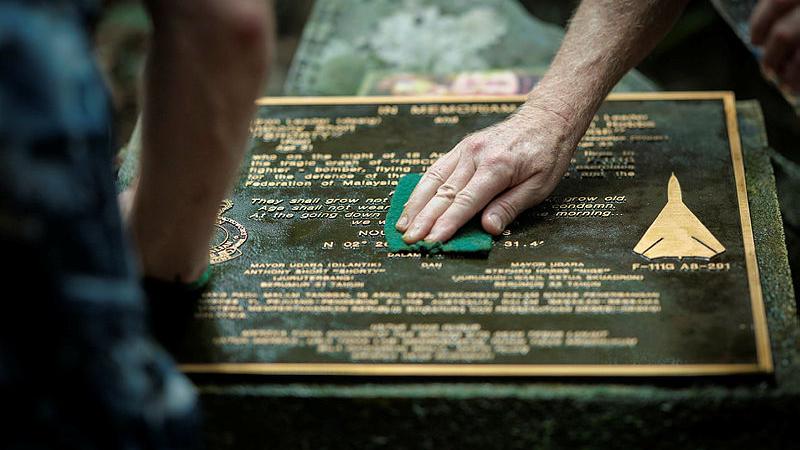Amid the Aussie horticulture’s projected rise in value of 22.5 per cent by 2030, three emerging industry leaders are set to travel the globe to learn how to apply international best-practice to Australian growing conditions.
Announced at the Nuffield National Conference Annual Awards Dinner in Perth last night, participants in the onion, berry, and vegetable industries each won a 2024 Nuffield Scholarship, funded by research and development levies through Hort Innovation.
The scholars will receive a $35,000 bursary to research cutting-edge production techniques and technologies across a wide range of industries overseas.
Hort Innovation chief executive officer Brett Fifield said supporting passionate leaders will not only benefit the individuals and their businesses, but the horticulture sector as a whole.
“Hort Innovation is committed to working with industry to build capacity within the horticulture sector,” Mr Fifield said.
“Through supporting initiatives such as Nuffield Scholarships, horticulture professionals get the opportunity to develop their leadership skills, and ultimately, give back to their industry by sharing the knowledge they gained overseas.”
The recipients are:
Jacob Moon from Moonrocks in Queensland will explore machine harvesting and improving onion shelf life. Supported by the onion R&D levy, Mr Moon works in his family’s business as an engineering and maintenance manager. The family started Moonrocks 24 years ago, and produces pumpkin and cotton, and are leading producers of garlic and onions. Jacob has noticed that at Moonrocks, they are only able to machine harvest onions in certain areas. Given the benefits of machine harvesting – primarily a reduced reliance on labour – Jacob is interested in researching how machine harvesting can be applied more broadly, as well as how post-harvest management can increase shelf life for onions and garlic.
“Soil conditions currently play a large part in limiting the use of machine harvesting,” Mr Moon said. “But I believe there are ways to undertake machine harvesting of onions in all soil conditions. My goal is not just to benefit our business, but the onion industry as a whole.”
Kirsty Dickensen from Costa, owner of the largest raspberry and blackberry farms in Australia, will research maximising industry sustainability. Supported by the raspberry and blackberry R&D levy, Ms Dickensen is a horticulturalist, specialising in berries for the last five years. Her role sees her managing pest and disease, production, R&D initiatives and more. Kirsty has seen the raspberry and blackberry industry experience massive growth during her time in the sector. As the industry matures, she is interested in how it can manage resources as effectively as possible.
“Many businesses have built monoculture environments and after years of farming are beginning to realise the impact of low biodiversity in the system,” Ms Dickensen said. “Pest pressure is increasing, so too is the reliance on agrichemicals. How do we build more biodiversity into the system to support integrated pest and disease management programs and reduce potential biosecurity threats?”
Stephanie Tabone, horticultural researcher at national organisation Applied Horticultural Research will investigate the use of legumes as an alternative nitrogen source for vegetable cropping systems. In her role, Ms Tabone identifies solutions to challenges that growers experience in vegetable crop production. She supports growers through a range of communication and extension activities to try, and adopt improved practices to increase the productivity, profitability and sustainability of their farming operations. Supported by the vegetable R&D levy, Ms Tabone will share her learnings with the industry through her role working with vegetable growers.
“Legumes can fix nitrogen from the atmosphere through a symbiotic relationship with rhizobia bacteria,” Ms Tabone said. “They can also help to improve soil health and offer other rotational benefits. The challenge is knowing when the nitrogen will be released into plant-available forms.”
For more on Nuffield, go to www.nuffield.com.au.
To see the latest projected horticulture industry growth data, see the Contribution of Australian horticulture industry report.








